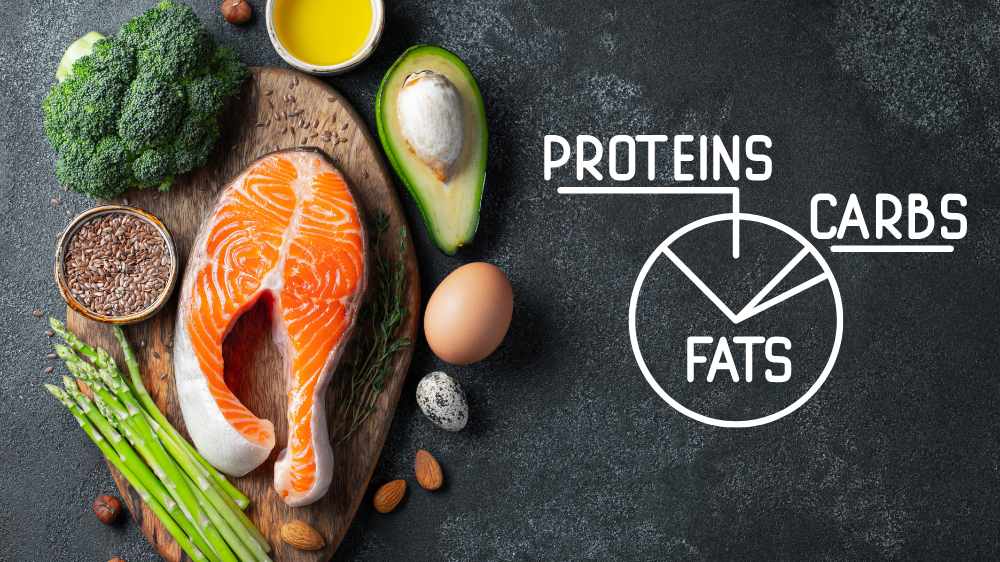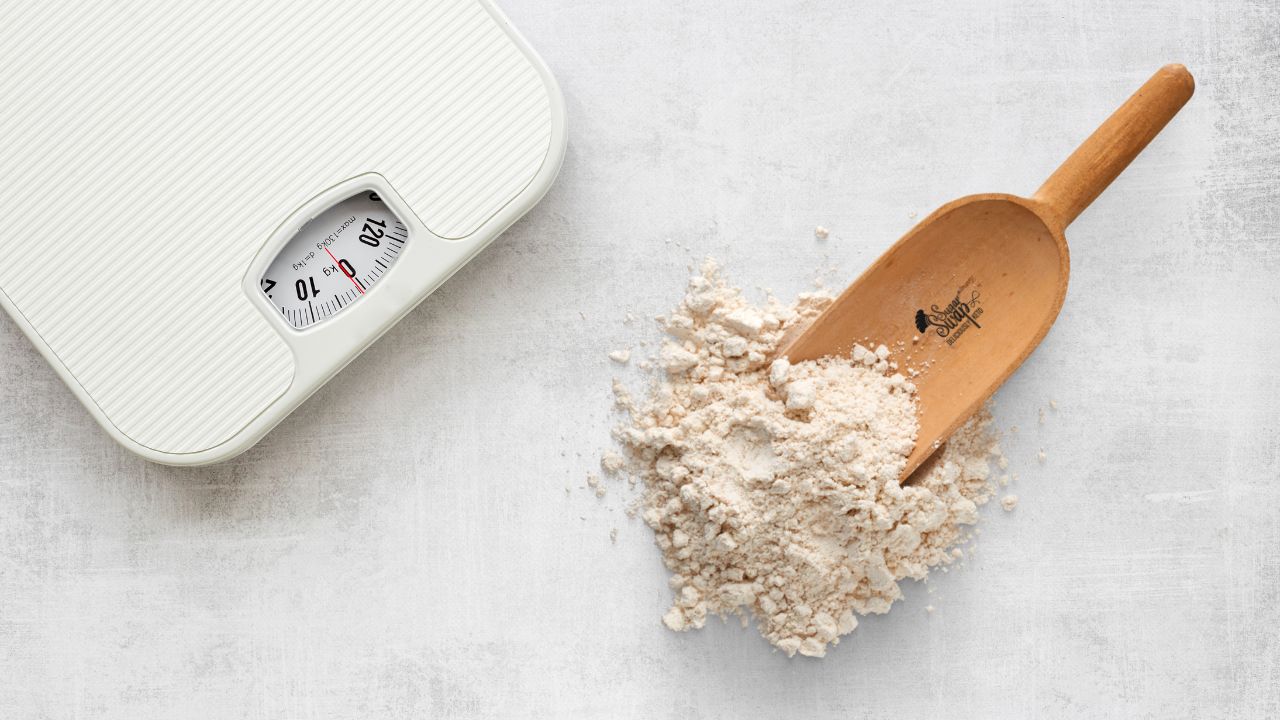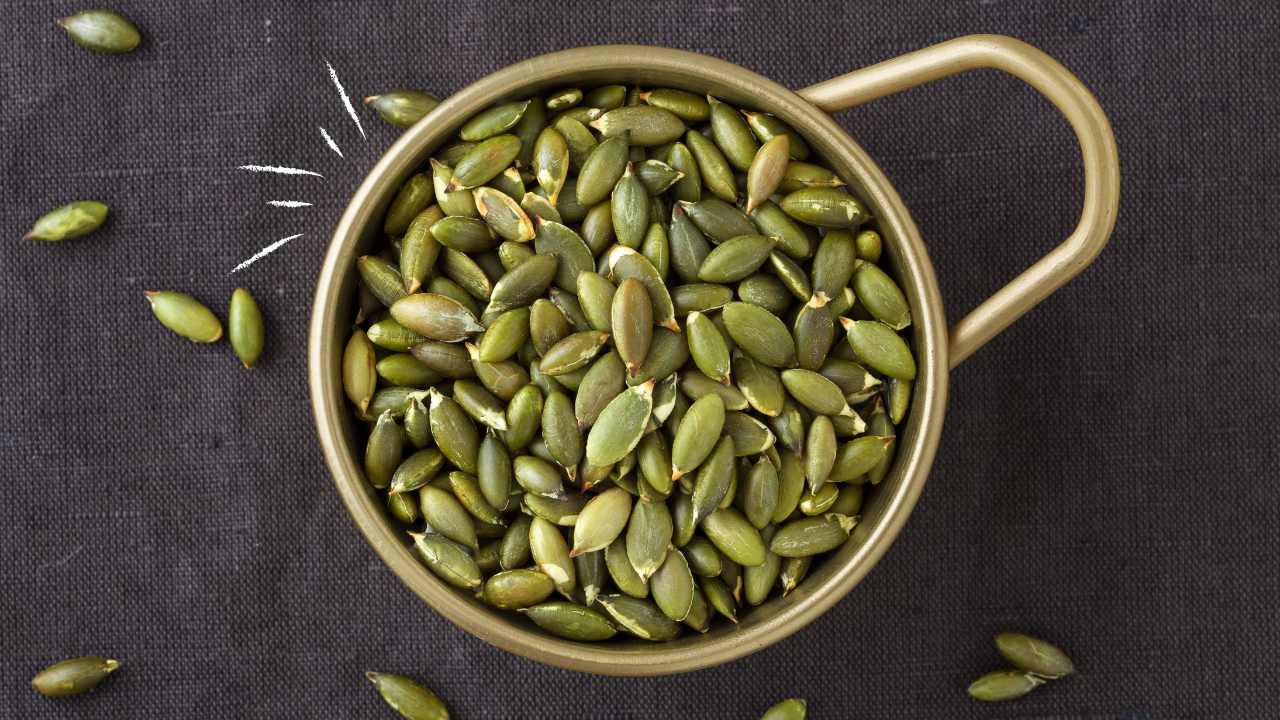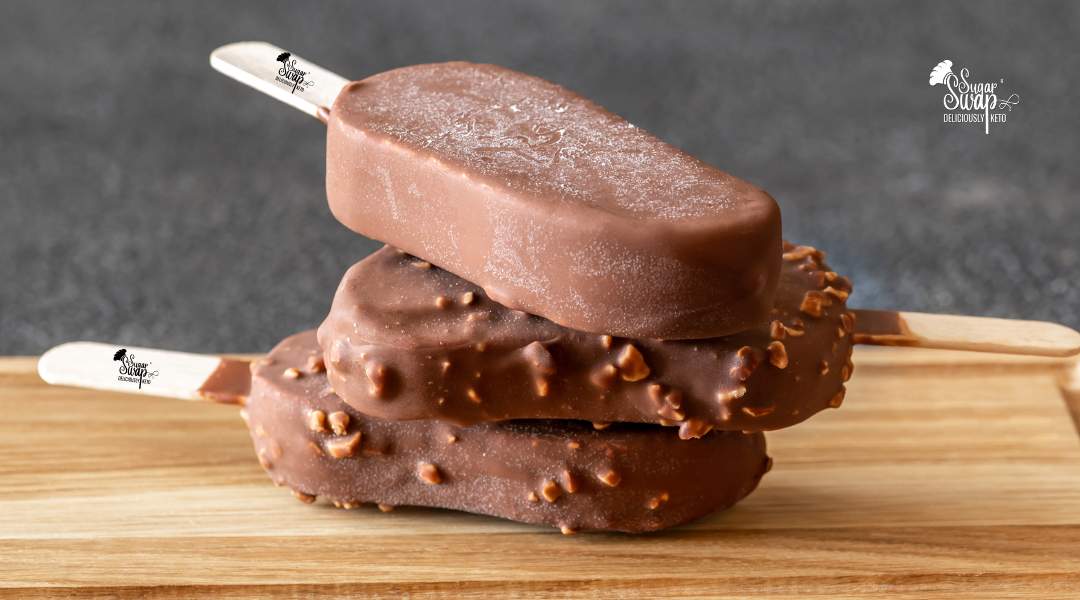Keto weight loss plateau?
You’re probably feeling frustrated. You’re eating a low-carb diet. Why aren’t the pounds sliding off?
This frustration is compounded by success stories everywhere you turn. Especially on social channels like Facebook and Instagram.
She lost 25 pounds on Keto. And now has killer abs. Good for her...
But you’ve been stuck at the same weight for a while now. And you’re starting to wonder if the Keto diet ain’t all it’s cracked up to be.
Stick around for five minutes. There are probably one, two, or even three things you can tweak in your Keto plan to break through that weight-loss plateau.
We’ll cover those tips soon. First, let’s clear up some confusion about weight loss on Keto.
Losing Weight vs. Losing Fat
Losing weight on Keto isn’t the same as losing fat on Keto.
In the early stages of Keto dieting, you might experience several days of rapid weight loss. This weight, however, is mostly water weight. The water comes from your shedding of glycogen (stored glucose) as you transition to low-carb living.
So glycogen loss is the first plateau. Once you lose that water, your weight loss will decelerate. This is healthy and normal.
With your glycogen depleted, you can move to the next phase: Fat loss. During this phase, you sustainably shed body fat until you hit your target weight.
But entering fat-burning mode isn’t like flipping a switch. When you go Keto, your body needs time to fat-adapt.
Without Keto, your body relies more on carbs (glucose) for energy. But a low-carb diet takes away your carbs, so you switch to burning fat for energy. This fat-adaptation, also called Keto-adaptation, can take anywhere from 2 to 8 weeks, depending on the state of your metabolism.
So if you’re on the Keto diet to lose weight, you need to be patient. That’s the first principle. Being patient gives your body time to fat-adapt, so you start burning through your body fat for energy.
But let’s assume you’ve done that. You’ve been Keto for two months and your weight loss has stalled. What should you do?
7 Tips To Break Through Weight Loss Plateaus
To do Keto right, you need to eat low-carb, moderate protein, and high-fat. Simple enough, right?
Yes, but these basics only get you so far. To really succeed on Keto—i.e, to get through weight-loss plateaus—you must have a nuanced, holistic approach. The following tips will help.
#1: Track Carbs
The #1 rule of Keto is to restrict carbs. Carb restriction keeps the hormone insulin low, and low insulin signals your liver to start burning fat and making ketones.
But the Ketogenic state isn’t just about fat-burning. It’s also about the stabilization of hunger hormones like ghrelin and neuropeptide Y.
Less hunger, less overeating, easier weight loss.
By now you’re probably thinking: Yeah yeah, I know. Keep carbs low. But since hidden carbs are everywhere—in salad dressings, sauces, and many vegetables—this is easier said than done.
Here’s a simple heuristic. If you’re approaching 10% of daily calories from carbs (usually 20 to 30 grams), you should probably cut back.
#2: Track Calories
Speaking of tracking macros, you’ll also want to track calories to ensure sustainable weight loss.
Wait. Can’t you eat as much as you like on Keto?
Not always. True, the Keto diet controls hunger hormones and satisfies better than a high-carb diet. But as with any diet, you can still overeat.
Nuts are exhibit A. They’re too easy to munch mindlessly. And if you’re eating more calories than your body is using, you simply won’t lose weight.
The trick is to operate at a mild caloric deficit, around 5-10% fewer calories than you expend. So if you’re eating 2000 calories per day and stuck above your target weight, try cutting to 1900.
#3: Track Ketones
You’re tracking carbs and calories. Now let’s track ketones.
Ketones are an objective biomarker for fat-adaptation. If ketones are present, you’re burning fat.
Measure ketones in the blood, breath, or urine. In the blood, you’re looking for a range of 0.5 to 3.0 mmol/L BHB to confirm you’re in nutritional ketosis.
If you see ketone levels fall, it could mean hidden carbs are sneaking into your diet. Or that you aren’t eating enough fat. With this information in hand, you can adjust your diet accordingly.
#4: Prioritize Sleep
If you’re not sleeping well, it increases hunger hormones and decreases insulin sensitivity.[*] In other words, you’re more prone to overeating and fat storage.
Make sleep a non-negotiable, and all aspects of your health will be rewarded.
#5: Manage Stress
Cortisol, your stress hormone, is designed for short term survival. It breaks down bone, disintegrates muscle, and gets you storing fat.
To manage your stress and reduce cortisol, make sure you’re sleeping well and exercising daily. A yoga or meditation practice can also go a long way towards stress reduction.
#6: Get Enough Protein
Many people don’t eat enough protein on Keto. They fear it will kick them out of ketosis.
But moderate to high protein intakes (~30% of calories), the evidence suggests, are perfectly compatible with weight loss on Keto.[*]
When pushing past weight loss plateaus, protein is your friend. It fills you up, supports your mood, and promotes the development of fat’s arch nemesis: Muscle.
#7: Intermittent fasting
A big reason folks hit weight loss plateaus on Keto? Snacking drives overeating.
That’s where intermittent fasting (IF) comes in. When you practice IF, you compress your feeding window every day or every week. This not only reduces the chances of overeating, but it also hastens the fat-adaptation process.[*]
Popular forms of IF include:
16/8 - 16 hours of fasting with an 8 hour feeding window every day.
OMAD - One meal a day.
5:2 - Five days of normal eating with two nonconsecutive “fasting” days at 25% of normal calories.
ADF - Alternate-day fasting means eating 0-25% of normal calories every other day.
To make intermittent fasting easier, start small with 12 hour overnight fasts, and work your way up from there to a longer fasting window if desired. For more on IF, check out our guide to IF and Keto.
Summary:
If you’re stuck at a weight loss plateau, step back and ask a few questions:
- Have I been Keto for long enough to fat-adapt?
- Are hidden carbs sneaking into my diet?
- Am I eating too many calories?
- How are my sleep and stress looking?
- Am I getting enough protein?
- Could I compress my feeding window?
Go through this exercise and you’ll likely have some insights. Then you can tweak your regimen accordingly.
And remember, be patient with yourself. There is no easy button for sustainable fat loss. It happens bit by bit, until one day you realize you’ve hit your goal.







